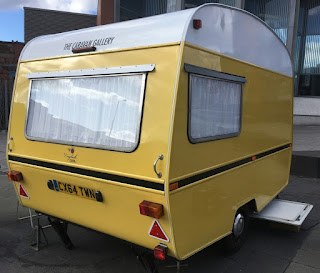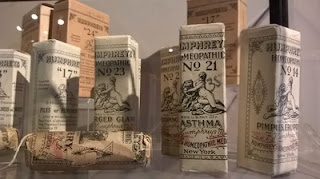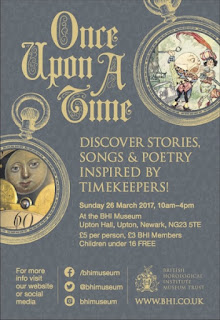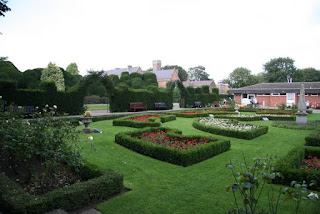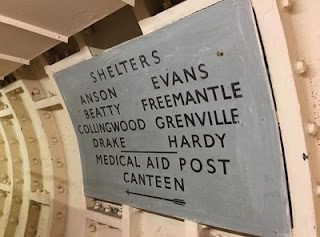The Plastic Revolution
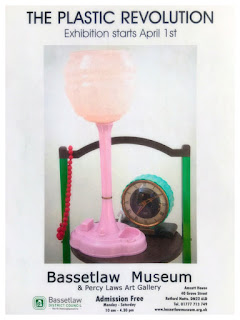
First Posted: 29th March 2017 In Collections , News And Opportunities ‘The Plastic Revolution’ will be opening from the 1st April at Bassetlaw Museum, Retford. This new exhibition will focus on the uses and types of early plastics. As part of my work as a Collections Intern at Bassetlaw Museum, I was given the opportunity to develop and create a new temporary exhibition, about the Plastic Revolution. I decided upon this theme, through exploring the collections and stores of Bassetlaw Museum. I combined this with my own interest in early-mid 20th Century history. I thought it would be interesting to look at the development of, and all the applied uses of the first natural and synthetic plastics, plus the wide variety of uses they had. In this exhibition, you will learn about three of the main types of early plastics from the early-mid 20th Century: Celluloid Bakelite Lucite You will discover how they were used for domestic items, toys, personal grooming and industry items. So
